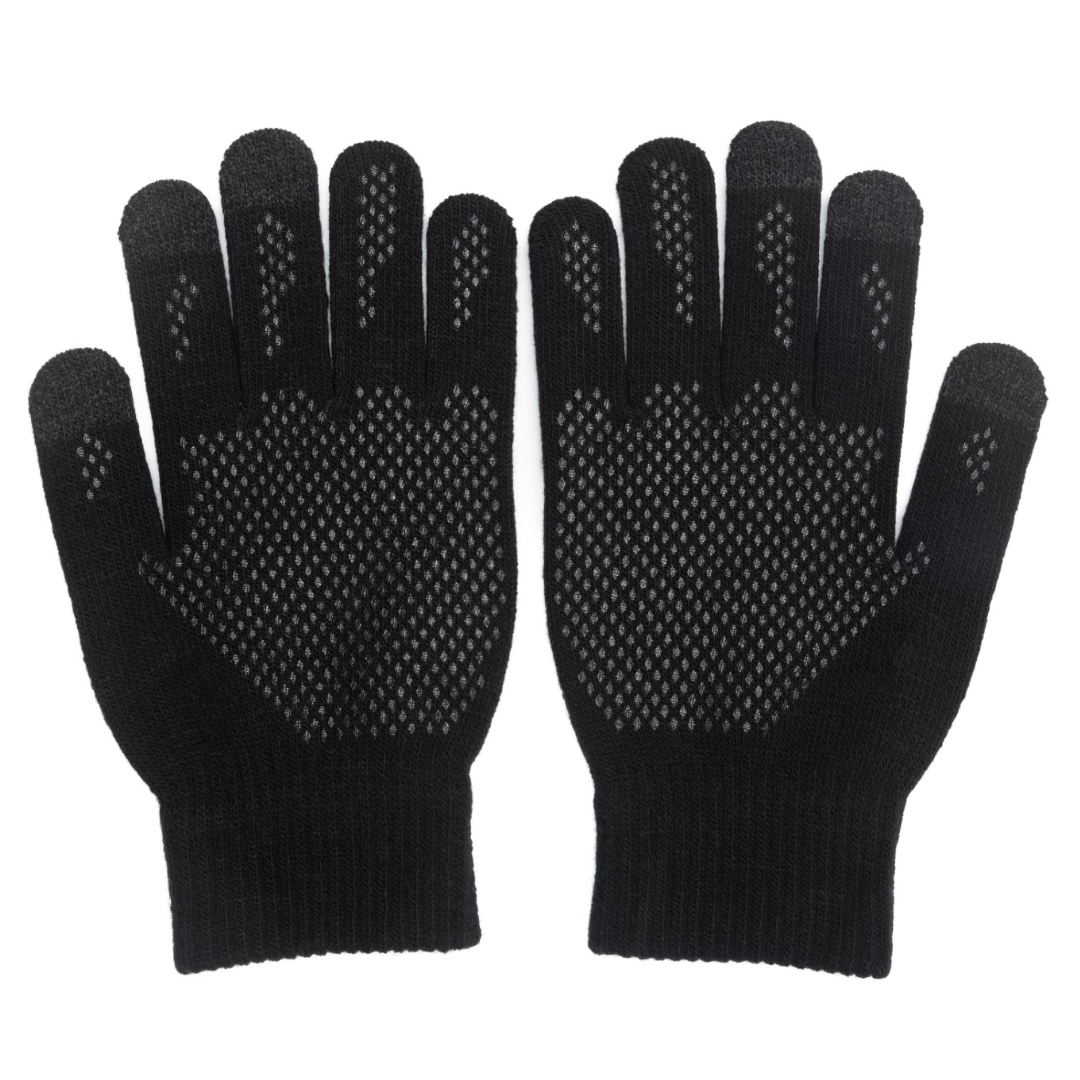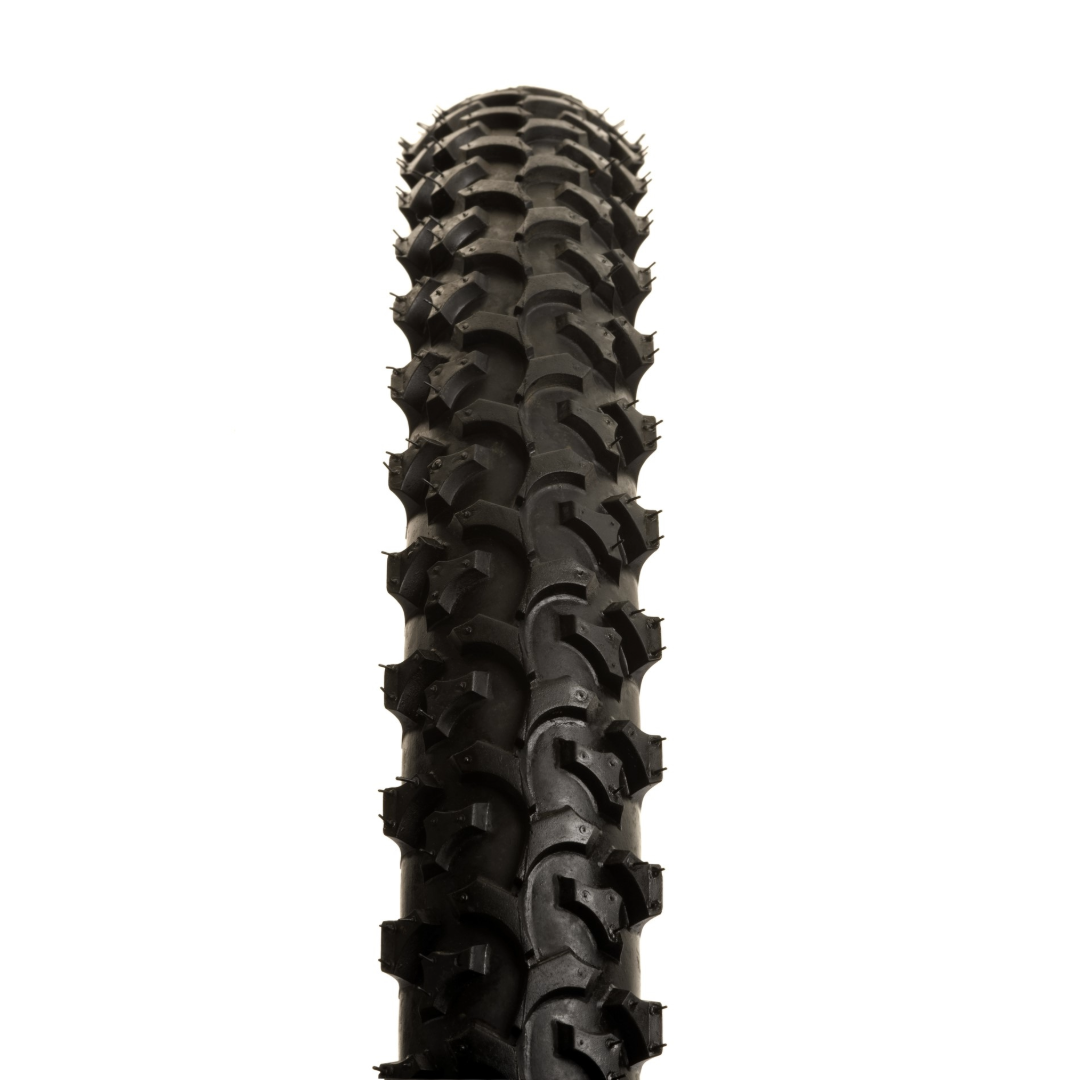Body
Icy patches, de-icers and salt that are harsh on hands, and worst of all, unplowed streets and unshoveled sidewalks. The winter months can be hard on everyone, but for those who use wheelchairs for mobility, the winter can be especially rough.
To make getting around when the temperatures plummet a little easier, Shirley Ryan AbilityLab occupational therapist Lauren Rizio offers five tips for wheelchair users to get through the winter months.
1. Dress Well
Body
Have you heard the Swedish saying, “There is no such thing as bad weather, only bad clothing”? When it comes to getting around in sloppy winter conditions, the right clothing really does matter! At a minimum, invest in gloves with traction tips to keep your fingers warm while still allowing for a good grip on hand rims of a manual chair or the buttons or joystick of a power chair. Other essential gear includes insulated pants (to keep your legs warm while minimizing layers that can create unnecessary challenges for performing toileting from a wheelchair) and a secure hat (so that it won’t blow away as you gain speed in your chair). Ensure all areas of your body are covered, especially those that have changes in sensation. For accessible options, check out the winter section of adaptive clothing lines.

2. Stay Charged
Body
Batteries perform worse in the winter due to cold temperatures and working against winter elements (snow, ice, sludge). Charge your powered devices (power chair, power assist, scooter) overnight, every night. When not using your powered equipment, be sure to store it in a temperature-controlled space.
3. Tune Up
Body
Ensure the tread on your tires is intact to minimize slipping on ice and for better performance through snow. Snow and salt corrode the moving parts of the wheelchair (joints, bearing, axles), so make sure to keep these parts of your wheelchair clean and lubricated. Contact your wheelchair vendor for service at any time if your chair is not working optimally.
4. Go Shopping
Body
Consider investing in some equipment! If you use a manual wheelchair, consider a front wheel attachment that elevates the small front wheels and uses a bigger wheel to overcome obstacles, or knobby tires for the rear wheels that have more tread than standard tires and handle terrain better.
If you use a power chair, try a waterproof joystick cover or a fleece-lined wheelchair poncho to keep you and the chair protected and warm.

5. Ask an Expert
Body
If the challenges that come with a Midwest winter are limiting your ability to participate in meaningful activities, schedule an appointment with an occupational therapist to discuss adaptations and modifications.
Lauren Rizio is an occupational therapist at Shirley Ryan AbilityLab, who splits her time between the Inpatient spinal cord injury unit and the Wheelchair and Seating Center. She is passionate about collaborating with people on finding adaptive ways to pursue their interests and passions, no matter the obstacles that life throws their way.

